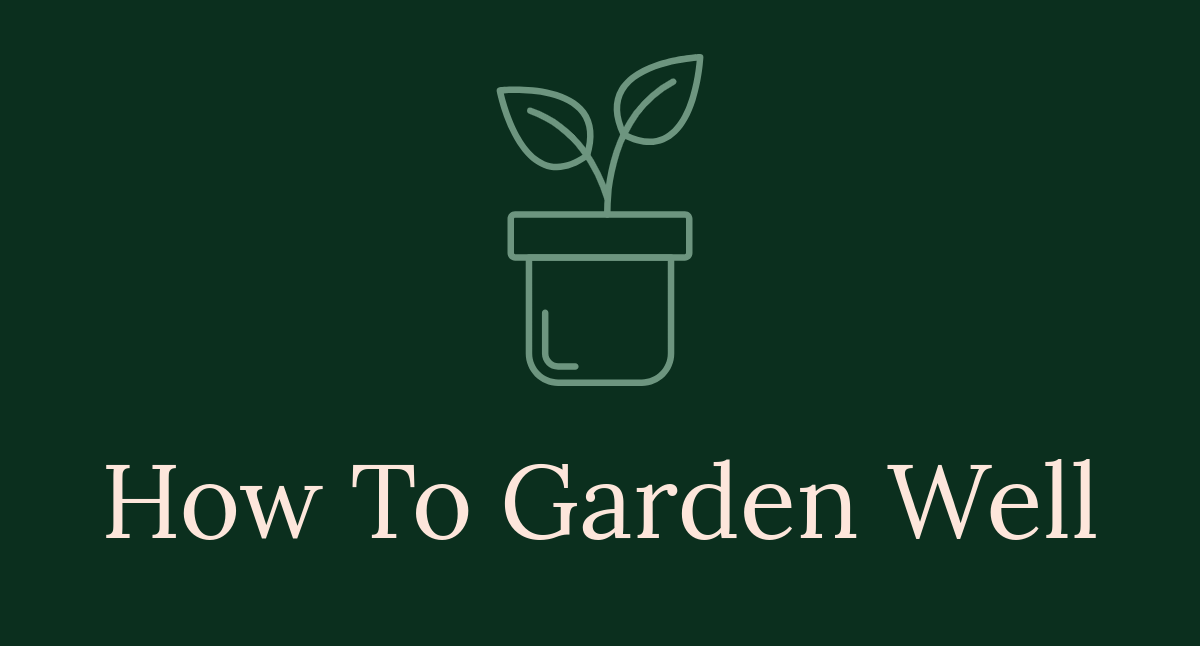

Green Velvet Boxwood Planting: A Comprehensive Guide
Introduction
Have you considered adding Green Velvet Boxwood to your garden? This plant is a favorite among gardeners for its lush, evergreen foliage and minimal upkeep. It’s perfect for those looking to enhance their outdoor space without a lot of fuss. In this article, we will provide you with a detailed guide on how to plant and care for this stunning variety.
Summary and Overview
The Green Velvet Boxwood has an intriguing history. This hybrid plant, developed in Canada, combines the hardiness of the Korean boxwood with the deep green leaves of the English boxwood. This background contributes to its popularity in landscaping.
There are many reasons to plant Green Velvet Boxwood. Its evergreen nature means it stays vibrant year-round. It’s also resistant to common pests, making it a reliable choice for many gardens. Gardeners often use it for hedges, borders, or foundation plantings due to its versatility. Consider adding some organic mulch to help retain moisture and suppress weeds around your boxwood for even better results!
Proper planting techniques matter. With the right care, your Green Velvet Boxwood will flourish, giving you a beautiful garden feature for years to come.
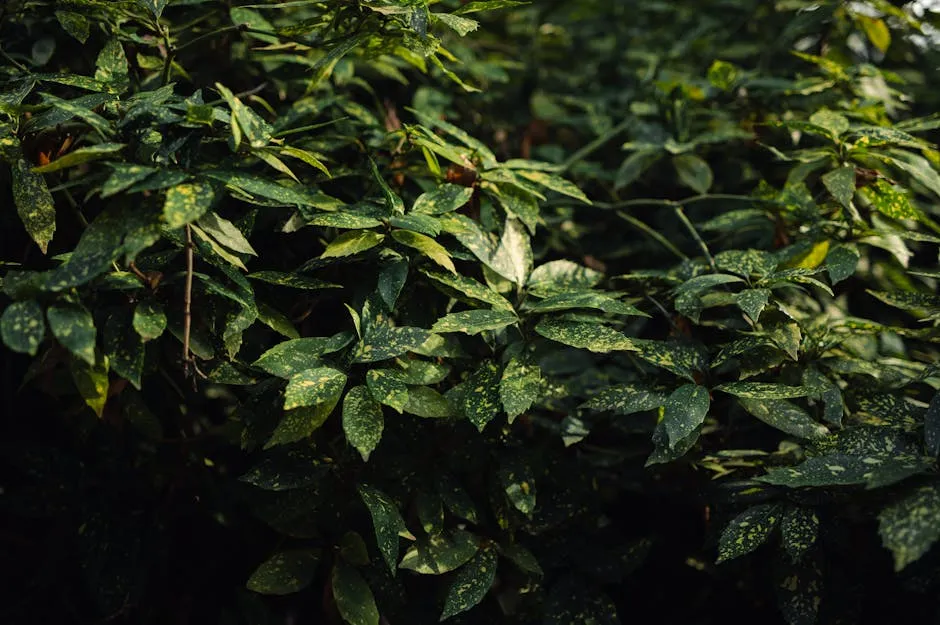
Understanding Green Velvet Boxwood
Description of Green Velvet Boxwood
Green Velvet Boxwood is a rounded shrub or small tree that typically reaches 2 to 3 feet in height and width. Its leaves are a rich, deep green, giving it a lush appearance. This variety grows slowly but maintains a compact shape, making it ideal for formal hedges or topiary.
It thrives in various soil types, including sandy and clay soils. This boxwood is also resistant to many pests and diseases, which means less worry for you as a gardener. Its resilience makes it an excellent choice for both novice and experienced horticulturists.
Ideal Growing Conditions
For optimal growth, Green Velvet Boxwood prefers full sun to partial shade. Ideally, it should receive at least six hours of direct sunlight daily. However, be cautious—too much intense afternoon sun can lead to scorching.
When it comes to soil, this plant thrives in well-drained, loamy soil with a pH between 6.0 and 8.0. It’s essential to ensure good drainage to avoid root rot. Additionally, consider the location; providing wind protection can help prevent winter damage. Planting in a sheltered spot can make all the difference for your boxwood’s health.
Understanding soil pH is crucial for plant health. You can learn more about soil pH testing and adjustment for optimal plant growth. Don’t forget to grab a Soil pH Test Kit to make sure your boxwood is thriving!
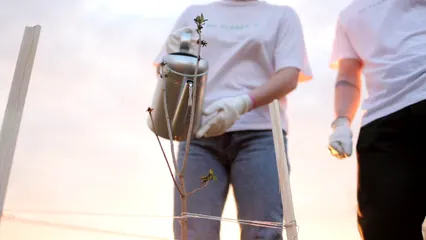
Planting Process
Preparing the Planting Site
Choosing the right spot is crucial. Ideal locations have good sunlight and protection from harsh winds. Look for areas with at least six hours of direct sunlight daily, which will promote healthy growth.
Next, check your soil’s pH. Green Velvet Boxwood thrives in soil with a pH between 6.0 and 8.0. You can test your soil using a simple pH kit from a garden store. If needed, amend your soil. Add lime to raise pH or sulfur to lower it. Ensure the soil is well-draining to prevent root rot.
Step-by-Step Planting Guide
Planting your Green Velvet Boxwood can be straightforward. Start by digging a hole that’s about twice the width of the root ball and just as deep. This will give the roots room to spread.
Remove the boxwood from its container carefully. Gently loosen any tightly bound roots to encourage growth. Place the plant in the hole, ensuring the top of the root ball sits slightly above the surrounding soil. This positioning prevents water from pooling around the base.
Now, backfill the hole with the soil you removed, mixing in some compost for added nutrients. Firm the soil gently around the base of the plant to eliminate air pockets, but avoid compacting it too much.
Water the newly planted boxwood thoroughly. This helps settle the soil and ensures the roots have good contact with the ground. Regular watering is essential, especially during the first few weeks as the plant establishes itself. Check the moisture levels and water as needed to keep the soil moist but not soggy.
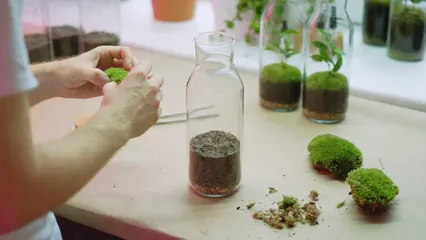
Care and Maintenance
Watering Guidelines
Green Velvet Boxwood needs consistent moisture, especially during hot months. In spring and summer, water weekly, ensuring the soil is moist but not waterlogged. During fall, reduce watering as the plant prepares for winter.
In winter, check the moisture of the soil occasionally. If it’s dry, give it a light watering. Watch for signs of distress; yellowing leaves may indicate overwatering, while wilting can signal underwatering.
Pruning and Shaping Techniques
Pruning is essential for maintaining shape and encouraging growth. The best time to prune is in late spring, after the last frost. Use sharp, clean pruning shears to make clean cuts.
Trim back any dead or damaged branches and shape the plant as desired. For a more formal look, shear the plant lightly to maintain its compact shape. Regular pruning promotes denser foliage and keeps your boxwood looking its best.
For expert advice on pruning, consider checking out our guide on pruning techniques for fruit trees and shrubs.

Mulching and Fertilization
Mulching your Green Velvet Boxwood has many advantages. It helps retain moisture, regulate soil temperature, and suppress weeds. Plus, it adds a polished look to your garden beds. For this plant, organic mulches like shredded bark mulch or pine needles work well. They break down over time, enriching the soil.
When it comes to fertilization, timing is key. Apply a balanced, slow-release fertilizer in early spring. This gives your boxwood the nutrients it needs as it starts to grow. A second application in late summer can promote healthy fall growth. Always follow the manufacturer’s instructions for the best results.

Common Pests and Diseases
Identifying Common Issues
Green Velvet Boxwood can face a few common pests. The boxwood leaf miner is notorious for creating small, unsightly holes in the leaves. Other pests include boxwood mites and boxwood psyllids, which can cause leaf discoloration and distortion.
On the disease front, boxwood blight is a concern. This fungal infection manifests as dark spots on leaves and can lead to defoliation. Root rot is another issue, especially in overly wet conditions. Keep an eye out for these signs to maintain your plant’s health.
Prevention and Treatment
Preventing pests and diseases is vital for your boxwood’s longevity. Start by ensuring good air circulation around your plants. Prune regularly to remove any infected or damaged foliage. Mulching can also help, as it reduces moisture on the soil surface, discouraging fungal growth.
If issues arise, treatment options vary. Insecticidal soaps can effectively target pests like leaf miners. For diseases, removing affected leaves and applying fungicides may be necessary. Always act quickly to prevent further damage to your beloved boxwood.

Landscape Design Ideas
Creative Uses in Landscaping
Green Velvet Boxwood is versatile in landscaping. Use it to create hedges for privacy or define garden beds. Its compact shape makes it excellent for borders along walkways. You can also experiment with topiary, shaping it into unique forms for added interest.
This boxwood offers year-round beauty. Its deep green foliage provides a stunning backdrop for colorful flowers in spring and summer. In fall and winter, it maintains its lush appearance, ensuring your garden stays vibrant. Incorporating Green Velvet Boxwood enhances both structure and aesthetics in your outdoor space.
For more about enhancing your garden’s design, check out our article on Creating a pollinator-friendly garden design.
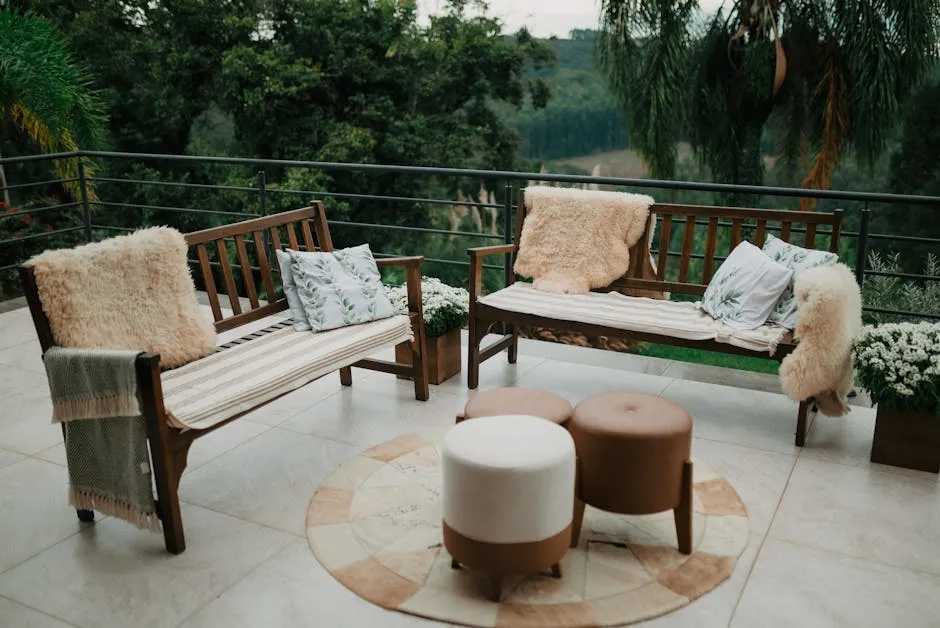
Companion Plants
When planting Green Velvet Boxwood, consider pairing it with companion plants for a stunning garden display. Plants like hydrangeas, with their large, colorful blooms, create a beautiful contrast against the boxwood’s rich green foliage. Consider adding daylilies for vibrant color and texture. Their tall, grassy leaves harmonize well with the boxwood’s rounded shape.
For a more subdued look, combine it with ornamental grasses. Their wispy textures add movement and elegance. You might also opt for flowering perennials like salvia or echinacea. These plants not only complement the boxwood but attract pollinators as well. Mixing and matching these varieties will enhance your garden’s visual appeal, creating a dynamic and inviting space. And speaking of inviting spaces, why not set up a cozy area with an outdoor furniture set to enjoy your beautiful garden!
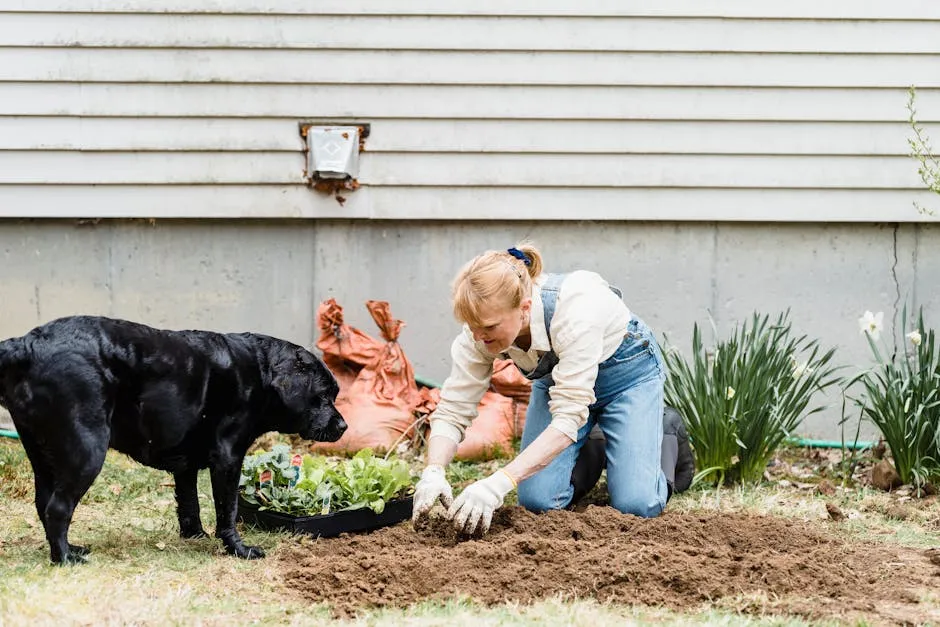
Conclusion
In summary, planting Green Velvet Boxwood offers numerous benefits. Its evergreen nature ensures year-round beauty, while its low maintenance makes it ideal for busy gardeners. With proper care, this versatile plant can transform any landscape into a lush oasis.
Consider incorporating Green Velvet Boxwood into your garden design. With its resilience and aesthetic appeal, it promises to be a stunning and enduring feature in your outdoor space. Start planting today for a beautiful tomorrow!
FAQs
What is the best time to plant Green Velvet Boxwood?
The ideal time for green velvet boxwood planting is early spring or fall. These seasons provide optimal conditions for root establishment. Avoid planting during extreme heat or frost to ensure successful growth.
How often should I water my Green Velvet Boxwood?
For green velvet boxwood care, water weekly during dry spells. Ensure the soil remains moist but well-drained. Adjust the frequency based on seasonal changes, watering less in cooler months.
Can Green Velvet Boxwood be pruned?
Yes, green velvet boxwood pruning is essential for maintaining its health and shape. The best time to prune is late spring, after the last frost. This timing ensures any new growth is protected from potential cold damage. Use sharp, clean pruning shears to make precise cuts. Focus on removing dead or damaged branches first. This promotes healthy growth and prevents disease. If you’re aiming for a specific shape, lightly shear the plant to maintain its compact form. Regular pruning encourages denser foliage, keeping your boxwood looking lush and vibrant.
What are the common pests of Green Velvet Boxwood?
Green velvet boxwood pests can pose challenges for gardeners. The most common culprit is the boxwood leaf miner. This pest creates small holes in the leaves, impacting their appearance and health. Another common issue is the boxwood mite, which causes leaf discoloration and distortion. Boxwood psyllids also affect this plant, leading to curled leaves. Additionally, keep an eye out for root rot, especially in overly wet conditions. Regularly inspecting your boxwood will help catch these issues early, ensuring a thriving plant.
How do I fertilize Green Velvet Boxwood?
For green velvet boxwood fertilization, timing and type matter. Start by applying a balanced, slow-release fertilizer in early spring. This gives your boxwood the nutrients it needs as it begins its growth cycle. A second application in late summer can support healthy fall growth. Always follow the manufacturer’s instructions for the right amount. Avoid over-fertilizing, as this can harm your plant. If you’re unsure, a soil test can provide insights into nutrient needs. Proper fertilization is key to vibrant, healthy green velvet boxwood.
Please let us know what you think about our content by leaving a comment down below!
Thank you for reading till here 🙂
All images from Pexels
